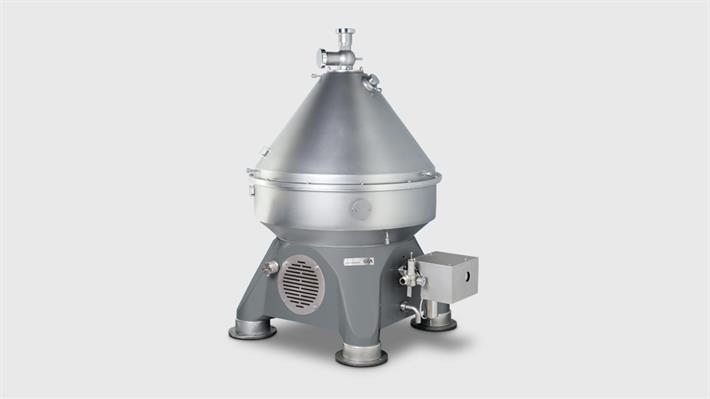Juices & concentrates
CITRUS JUICES
The production process requires a series of process steps: the fruits are first washed, sorted and fed to the juicing machines, the so-called extractors. The juice running out of the extractors contains a high proportion of pulp which is removed in subsequent process stages. Finishers first remove the coarser fruit cells. Once hydrocyclones have also removed particles of sand, the finer pulps are separated. More or less pulp is removed depending on the production objective.
As the countries in which citrus fruits grow require only a fraction of production for their own populations, the juice is generally concentrated for export. Concentration is performed in evaporators in which the water fraction is drawn out of the juice until the original volume is reduced to approximately one-fifth. A particular proportion of water is then added to the concentrate in the country of consumption and it is marketed in the form of citrus juices, nectars or citrus drinks.
Valuable essential oil can be obtained in an additional process line. The peel of the citrus fruit is processed mechanically and the valuable oil washed out of it. The water-in-oil emulsion obtained is separated in a two-stage centrifuge system so economically that clear, valuable essential oil is the result of optimum yield. This ethereal oil is a sought-after flavoring and fragrance for foods, drinks, cosmetics and the pharmaceutical industry.
Other side-products which can be processed with / by GEA equipment are aroma-water originated from the evaporator, peel-juice, pulp- and core-wash, pectin, etc.
GEA has been heavily involved in developing a large number of new processes and can provide the following technologies and equipment:
• Hydrocyclone
• Centrifugal separation
• Pasteurizer
• Evaporator
• Cross flow filtration
• Filling lines
• Packaging
Products & technologies
-
Showing 1 of 1Centrifuges & Separation EquipmentSince 1893, GEA has been building centrifuges which combine high separating efficiencies, clarifying efficiencies and throughput capacities with maximum savings in terms of energy, water and disposal costs.


